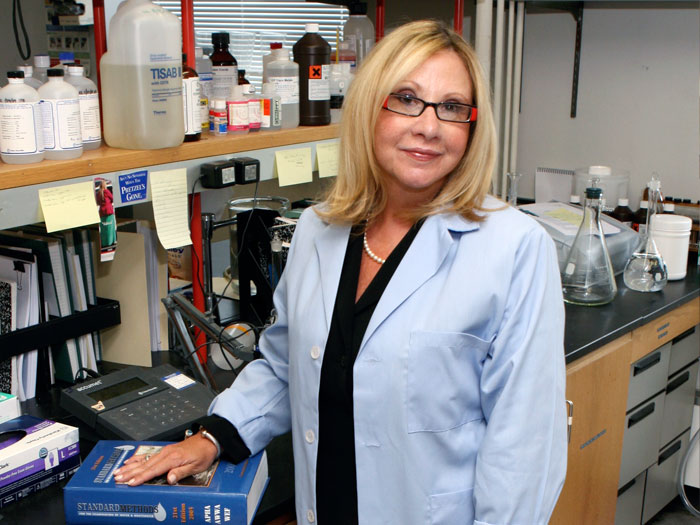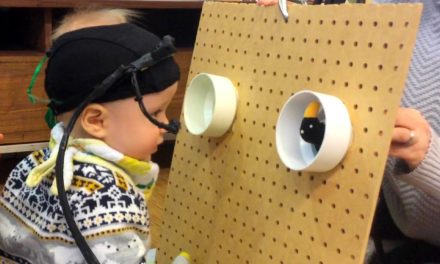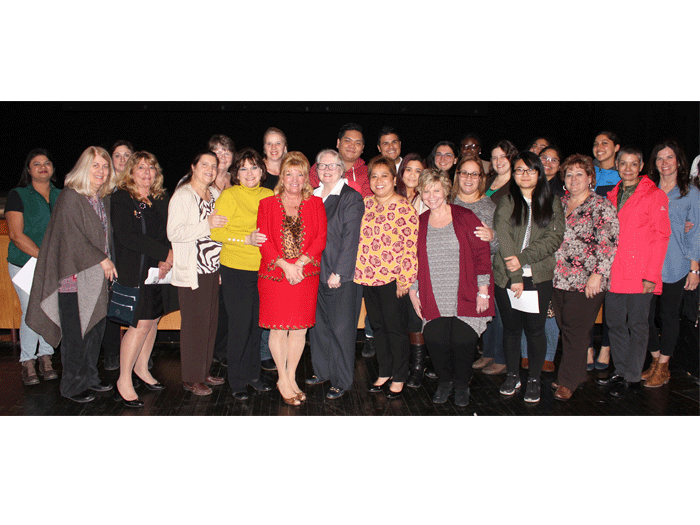The stories are told every day on Staten Island in pained and quiet voices: Who was diagnosed with breast cancer, who is going through treatment, who died after battling the disease.
Lives get lost to breast cancer far more often in this borough than in the rest of the city, and at a higher rate than most of the state and nation.
In fact, according to the state Department of Health, the mortality rate from the disease here is higher even than in the Long Island counties that have come to symbolize the scourge — spotlighted by national media, named in congressional acts and given millions of research dollars to root out the cause.
Trying to unravel the mystery on Staten Island is a small band of passionate researchers at the College of Staten Island in Willowbrook.
For the past two years, scientists at the Staten Island Breast Cancer Research Initiative have been engaged in groundbreaking work — plotting the demographics of the disease, performing sophisticated lab testing on chemicals in the environment and educating women in the community — all on a shoestring budget.
“All we need to know is why here,” said Dr. Donna Gerstle, the director of the initiative and of the Center for Environmental Science at CSI. “Staten Island has the highest breast cancer mortality rate in the five boroughs for at least 20 years, and everything we’re doing is to find out why.”
Every year, about 335 Staten Island women are diagnosed with breast cancer, and 77 women die of the illness, according to statistics gathered between 2002 to 2006 by the state Department of Health.
The incidence of the disease here is among the highest in the state; and the mortality rate of 27.7 per 100,000 women represents a peak.
There is a stunningly high correlation between the length of residency and incidence of breast cancer,” said Dr. Gerstle, herself a native Islander, living in West Brighton.
CLUES IN OBITUARIES
The researchers utilize a rich source of information unique to this borough — Staten Island Advance obituaries.
Control groups are created, and death certificates of women who died of breast cancer are compared with their obituaries to learn about where they lived, especially during key times for breast tissue development, such as puberty.
So far, more than 10,000 obituaries from 1980 to 1990 have been analyzed; funding provided last year by the City Council is allowing the team to keep going through the year 2006.
Indeed, the research has confirmed there is a higher rate of breast cancer among women who live in neighborhoods near the former Fresh Kills Landfill and the Island’s Super Fund sites — but the scientists balked at pointing to more specifics.
“Staten Island is the cluster,” said Dr. Alfred Levine, arguably the patriarch of the Center for Environmental Science, who taught Dr. Gerstle when she was a graduate student. “Everywhere you look.”
And the information in the obituaries threw up another puzzle: Socio-economic issues like low educational level, which often predict poor medical care, and, as a result, higher mortality rates, just didn’t factor in to the equation on the Island.
“The numbers are scary,” said Councilman James Oddo (R- Mid-Island).
Oddo and Council Speaker Christine Quinn awarded $140,000 in the past two fiscal years for the study, providing much of the budget for the initiative, which also receives state money and private awards, but operates on less than $100,000 a year.
“We owe it to the women of Staten Island to find out what it is, and if there is a way to avoid it, whether it is personal behavior or it is the environment,” the councilman added.
Oddo cited the long wait time for a mammography in the borough — which has been somewhat ameliorated in recent years by two new mammography machines — as one systemic health-care failing here that could play a role in the deaths.
“That might be part of it, but why should we be higher than the South Bronx?” said Dr. Gerstle. “There has to be more to it.”
TOXINS PLAY A ROLE
So is the brand of breast cancer that strikes in the borough particularly vicious, killing women before they have a chance to beat it?
Might the industrial landscape trigger the mortality from breast cancer here, and also have a role in the borough’s rates of lung cancer and lymphoma, which are also the highest in the city?
In fact, the scientists said, this study initially focused on lung cancer, because the Island has long been known as an epicenter of that disease. But after pouring over data, it became obvious that breast cancer deaths here are the shocker.
“The minute we started looking at breast cancer, the results hit us in the face,” said Levine. “The statistical significance of the results made it in no way this could be pure chance.”
Enter Dr. Jimmie Fata from the University of California at Berkeley, who joined the Island research team and designed a way to mimic mammary tissue at puberty.
In the lab, he tests carcinogens commonly found here in the environment.
But what makes his work different than other studies, is he is looking for the tipping point, the concentrations of these chemicals where tissue begins to change.
A paper he and a graduate student will present at a conference in November will share one hypothesis produced by their early research: It asks, might the high average concentration of benzene here, which is 88 times the benchmark level, be linked to the breast cancer mortality rate?
These kinds of questions have haunted Pamela Silano ever since her mother died of fast-spreading breast cancer in 1993. At least one person in almost every house on her short block in Meiers Corners died of cancer, she said.
“We always heard the stories about the landfill and Newark’s pollution affecting the Island and the people. Each time someone would pass away from cancer, the families would always say it was the landfill or the fumes that blew over,” she said. “But, I guess, when you’re grieving you have to blame it on someone, right? At least that is what I thought until it happened to my family.”
This kind of pattern — with so many cancer deaths in such a short block — could be a fluke, a statistical anomaly, ventured Dr. Gerstle, who, as a scientist, is wary of drawing conclusions without data to prove them.
But it is the quest for an explanation that is driving the long, exhaustive hours the researchers spend at work.
“These are my relatives, my friends, I understand,” said Dr. Gerstle, shaking her head and looking down. “We’re trying to do the best we can for Staten Islanders. We hope we find an answer one way or another. We won’t give up until we do.”
By Maureen Donnelly and Deborah Young
This story originally appeared in the Staten Island Advance and SILive on October 04, 2009. It is reprinted on CSI Today with permission.



















